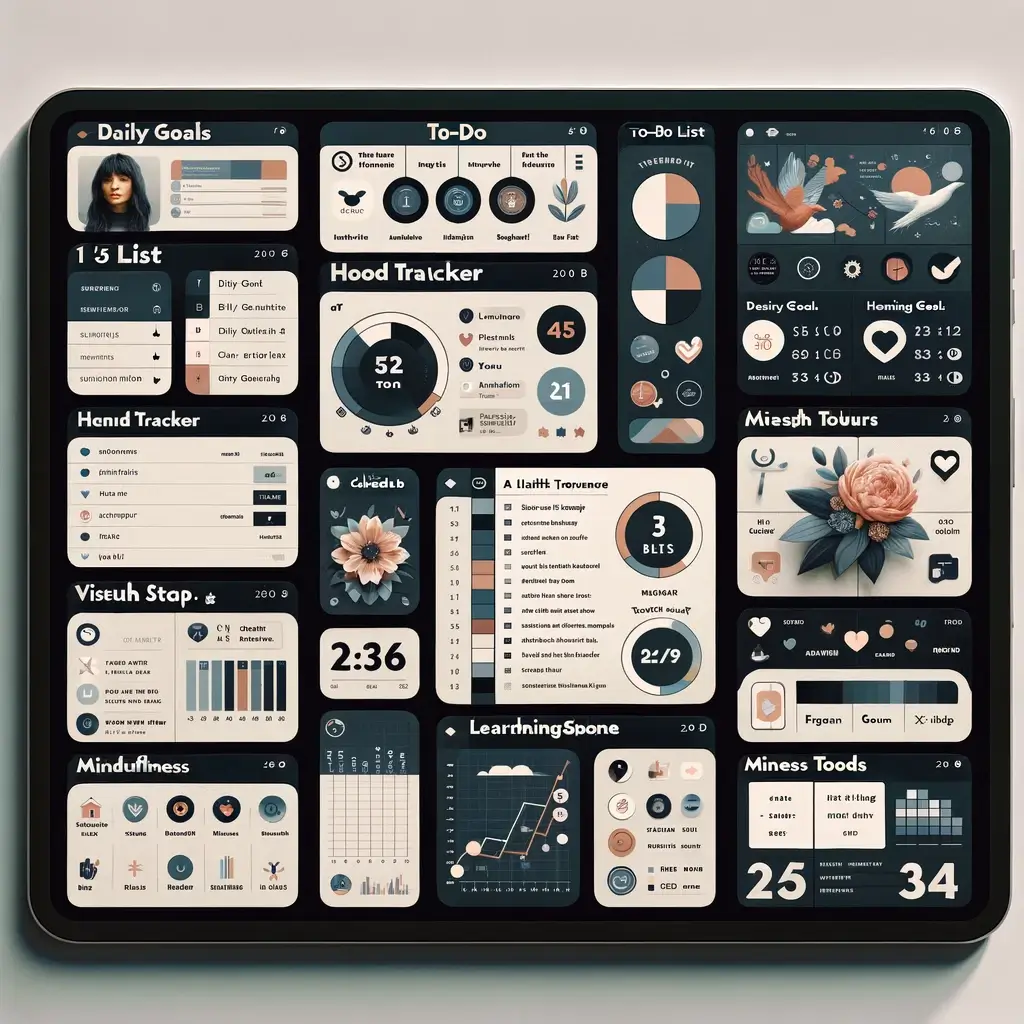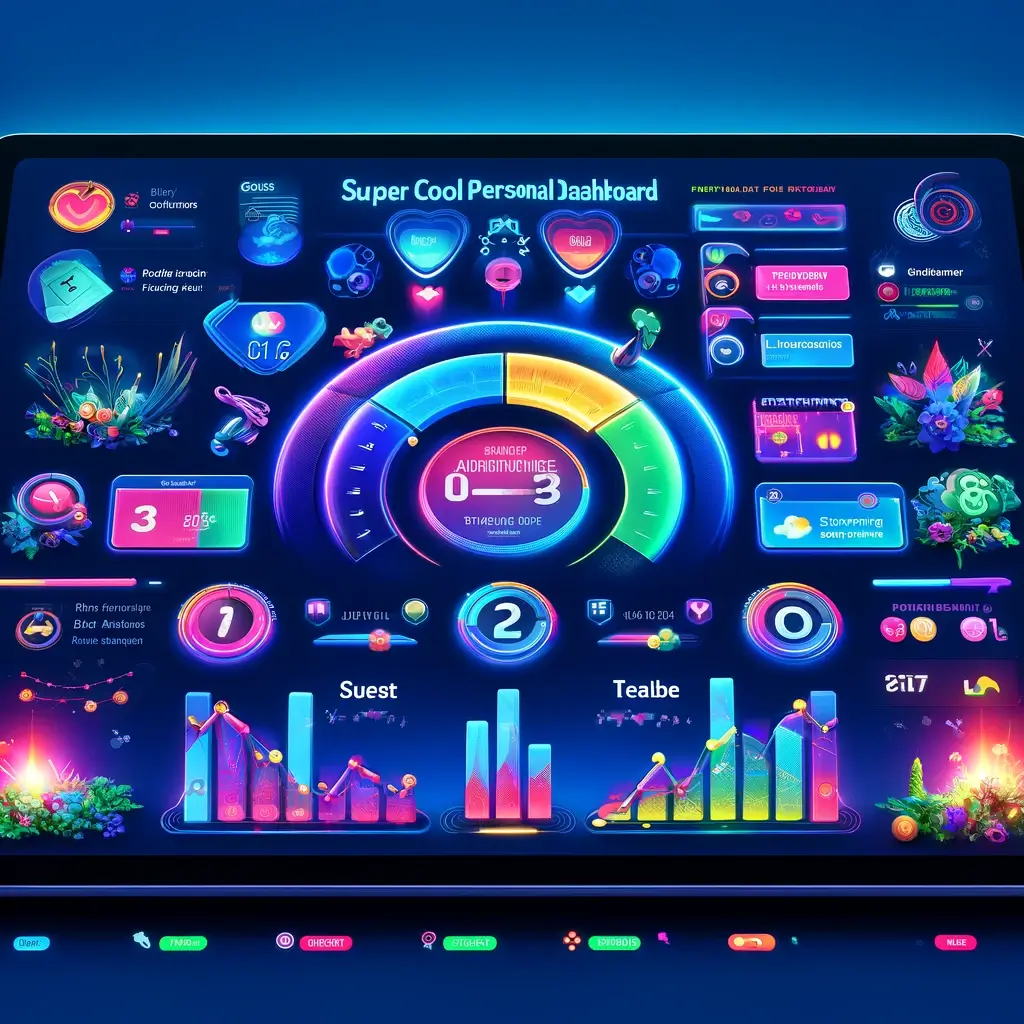Balaji:
If you look at reddit, twitter, facebook, or similar platforms you’ll see something they have in common you won’t be able to unsee: randomness. Literally, thirty random links. These platforms are optimized for novelty, like a slot machine.
Everyday, first thing, most people get a blend of randomness all at once. In this high-dimensional space, you’re being pulled in a bunch of different directions, not really making progress. Progress is doing some math today, doing some more math in the same area tomorrow. A little bit of compounding progress along the same direction each day adds up to something, but time spent on these sites add up to nothing.
I’m not saying they have zero value; there’s some value in serendipity. You do learn the pulse of what a community is thinking. But I think we are overconsuming novelty and underconsuming purpose.
What’s the good stuff? It is what helps you boost the measurable variables you care about. It’s increasing your truth, health, and wealth. It’s your knowledge, your physical fitness, you bank account balance, or some combination of them.
Those are things you’d put on a personal dashboard. You should be trying to level up each day for you and your family. Then you’re really making progress on these critical life variables.
Dashboards are better than newspapers. If you’re in tech, the first think you lok at each day may be a company dashboard with metrics, like sales. This is good. The first thing you look at personally shouldn’t be random stories someone else picked. It should be carefully selected metrics you want to improve, like your health or hobbies. A personal dashboard is a good path to disrupt newspapers.
What if media was designed to be driven by the reader’s benefit? What could Men’s Health look like in the era of fitbit/ What would bloomberg look like if it measured whether its content improves your portfolio over time? What if educational publishers measured whether you are actually retain information over time?
This type of media has a totally opposite design goal, which is to give maximum value in a minimum amount of time.
How to create a personal dashboard?
Creating a personal dashboard can be both a fun and productive project. Here’s a step-by-step guide to help you get started:

1. Define Your Objectives
- Identify Your Goals: What do you want to achieve with your dashboard? It could be to stay organized, track habits, or stay focused on your goals.
- Choose Your Metrics: Decide on the key metrics or items you want to track, such as tasks, goals, habits, schedule, health stats, etc.
2. Choose Your Platform
- Digital Dashboard: Use tools like Notion, Trello, Google Sheets, or a personal website. These platforms offer flexibility and accessibility from multiple devices.
- Physical Dashboard: Create a bulletin board, whiteboard, or journal. This can be a good option if you prefer a tangible, hands-on approach.
3. Design Your Layout
- Sketch a Layout: Plan how you want to organize your dashboard. Consider using columns, rows, or sections for different categories.
- Use Templates: Many digital platforms offer templates that you can customize to fit your needs.
4. Populate Your Dashboard
- Add Content: Start filling in your dashboard with your chosen metrics and information. For a digital dashboard, you can use widgets, blocks, or cards.
- Customize: Adjust colors, fonts, and styles to make your dashboard visually appealing and easy to read.
5. Set Up Tracking and Automation (Optional)
- Automate Updates: For digital dashboards, explore options to automate updates, such as linking your calendar or using APIs for real-time data.
- Habit Tracking: Use checkboxes, progress bars, or graphs to track habits and goals over time.
6. Review and Update Regularly
- Daily Check-In: Make it a habit to review your dashboard daily to stay on track with your goals and tasks.
- Regular Updates: Adjust your dashboard as your goals and priorities change. Add new sections or remove ones that are no longer relevant.
7. Share and Collaborate (Optional)
- Collaborate: If you’re using a digital platform, you might have the option to share your dashboard with others for collaboration or accountability.
Tips for Success
- Keep It Simple: Start with a few key elements and expand as needed. Overloading your dashboard can be overwhelming.
- Make It Accessible: Place your physical dashboard in a visible spot or bookmark your digital dashboard for easy access.
- Be Consistent: Regularly updating and reviewing your dashboard is key to making it a useful tool in your daily routine.
Remember, your personal dashboard is a dynamic tool that should evolve with you. Don’t be afraid to experiment and find what works best for you.
What should it have on it?
Creating a personal dashboard is a great way to focus your attention on important and positive aspects of your life, rather than getting lost in the endless scroll of social media. Here are some elements you might consider including in your personal dashboard:
- Daily Goals: List your top 3-5 priorities for the day to keep you focused.
- To-Do List: A simple checklist of tasks you need to accomplish.
- Schedule: An overview of your day’s appointments and meetings.
- Habit Tracker: Track habits you’re trying to build or maintain, like exercise, meditation, or reading.
- Gratitude Journal: A space to write down one or two things you’re grateful for each day.
- Personal Affirmations: Positive statements to remind you of your strengths and goals.
- Mood Tracker: A simple way to note your mood each day and look for patterns over time.
- Health Stats: Trackers for sleep, water intake, exercise, or other health metrics.
- Learning Goals: A section dedicated to your current learning focus, whether it’s a language, a skill, or a course.
- Inspirational Quotes: A rotating selection of quotes that inspire and motivate you.
- Vision Board: Images or words that represent your goals and aspirations.
- Reading List: A list of books you’re currently reading or plan to read.
- Reflection Space: A spot for end-of-day reflections or journaling.
- Progress Tracker: Visual representations of progress towards your goals, like charts or graphs.
- Mindfulness Reminders: Prompts for taking breaks, deep breathing, or mindfulness exercises.
- Community: I think it needs to incorporate some elements of social media into it, especially the community aspect, and the ability to tie in results with people, a leader board, and it should be gamified in some way aswell.
- Gamification
Consider customizing your dashboard to reflect your personal goals, values, and interests. You can create a digital dashboard using tools like Notion, Trello, or a custom webpage, or you can go analog with a physical board or journal. The key is to make it something you enjoy looking at and engaging with every day.
What else should it have on it?
- The direction you are going in
- Goals
- Community based
- Biofeedback, depending on how we are responding to it
- Health data
- Diet data put in there aswell
- Social connections
- Sleep
- How we are feeling
- Insights, should you take a break?
- Gamify life
- Leaderboard
How to gamify life with a dashboard?
Gamification can make using a personal dashboard more interesting and engaging by incorporating game-like elements into everyday tasks and goals. Here are some ways a personal dashboard can gamify life to improve productivity and time management:
- Points System: Assign points for completing tasks, achieving daily goals, or maintaining habits. Accumulating points can be motivating and provide a sense of progress.
- Levels: Create levels based on the number of points earned. As you accumulate more points, you level up, which can unlock new features or rewards on the dashboard.
- Badges or Achievements: Award badges for specific accomplishments, such as completing a challenging task, reaching a streak in habit tracking, or achieving a long-term goal. Badges serve as visual reminders of your achievements.
- Leaderboard: If your dashboard includes a community aspect, a leaderboard can show how you rank compared to others in terms of points, levels, or achievements. This can foster friendly competition and motivate you to stay engaged.
- Challenges: Set up time-bound challenges, such as a 30-day fitness challenge or a week-long productivity sprint. Completing challenges can earn you extra points, badges, or recognition on the leaderboard.
- Progress Bars: Visualize your progress toward goals with progress bars. Filling up the bar as you get closer to your goal can be satisfying and motivating.
- Feedback Loops: Provide immediate feedback for actions taken on the dashboard, such as positive reinforcement when a task is completed or a habit is tracked. This can encourage continued engagement.
- Customization Options: Allow customization of the dashboard’s appearance or features based on achievements or levels reached. This can give a sense of ownership and personalization.
- Rewards: Introduce rewards that can be redeemed with points, such as a special treat, a break, or a small purchase. Rewards can be a tangible incentive to stay productive and use time wisely.
- Social Sharing: Enable sharing of achievements, challenges, or progress on social media or within the dashboard’s community. This can provide social validation and support.
By incorporating these gamification elements, a personal dashboard can transform routine tasks and goals into a more engaging and enjoyable experience. This can lead to increased motivation, better time management, and improved productivity.
